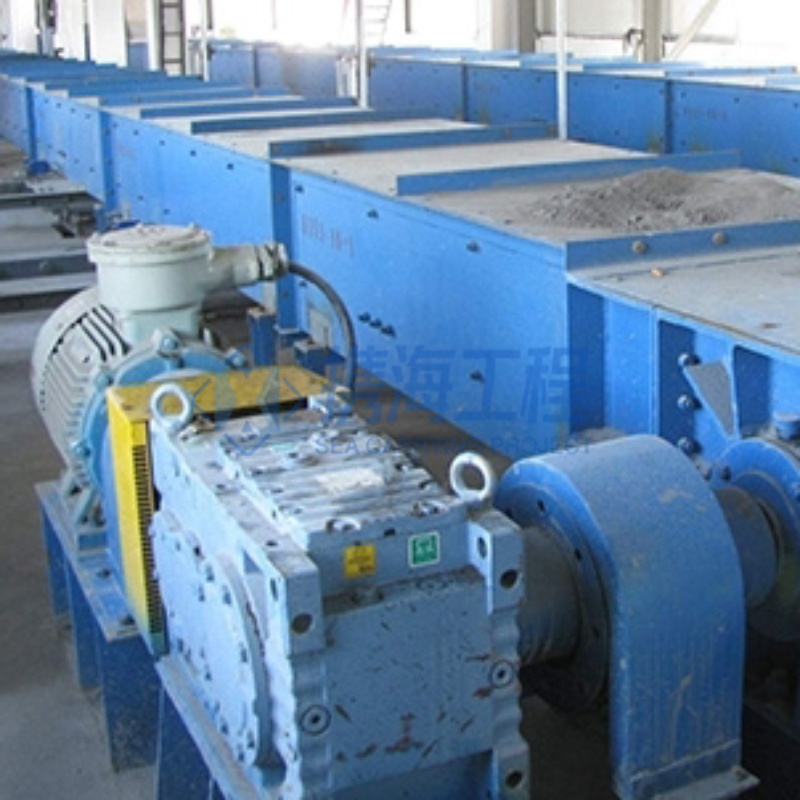Expert of Systematic Overall Solution for Calcium Material Resource Utilization
-
ProductPioneer In Calcium Material Industry Services, Renowned Globally For Exceptional Quality.Marketing & ServiceNational Service Hotline:
-
SolutionEngineering Service Provider Empowering New Technologies For Calcium Carbonate.Marketing & ServiceNational Service Hotline:
-
CaseExperts In Calcium Stone Industry Engineering With A Deeper Understanding Of Craftsmanship.Marketing & ServiceNational Service Hotline:
-
InnovationSurvive By Quality, Develop Through Innovation.Marketing & ServiceNational Service Hotline:
-
BlogsPeople-Oriented, Advocating Technology, Customer First, Win-Win Cooperation.Marketing & ServiceNational Service Hotline:
-
AboutInnovator In Calcium Materials Industry, Global Service Leader.Marketing & ServiceNational Service Hotline:
Understanding Conveying Equipment: Key Components and Applications in Industrial Settings
Nov 20,2025

At the core of conveying equipment are several key components, each contributing to the system's effectiveness. These include:
1. **Belts and Chains**: Conveyors often utilize belts or chains to move materials. Belt conveyors are versatile and can transport a wide variety of products, while chain conveyors are ideal for heavy loads and harsh environments.
2. **Idlers and Rollers**: Idlers support the conveying surface, ensuring smooth movement and reducing friction. Rollers are essential in maintaining the alignment and stability of the conveyor system, helping to prevent material spillage and ensuring consistent flow.
3. **Drive Systems**: The drive mechanism is crucial for the operation of conveying equipment. Electric motors, gearboxes, and variable speed drives are commonly used to control the speed and direction of material flow, allowing for adaptability in various industrial applications.
4. **Control Systems**: Modern conveying equipment often integrates advanced control systems that enhance performance and safety. These systems can include sensors for monitoring material flow, emergency stop buttons, and programmable logic controllers (PLCs) for automated operations.
5. **Support Structures**: The frame and support structure of the conveyor must be robust and stable to withstand the operational stresses. Proper design ensures that the equipment can handle the required load while minimizing vibrations and wear.
Applications of conveying equipment span numerous industries including manufacturing, warehousing, food processing, and logistics. For example, in manufacturing, conveyors streamline the assembly line process by moving components seamlessly from one workstation to the next. In warehousing, they facilitate the efficient movement of products to and from storage areas, enhancing order fulfillment processes.
Adopting the right type of conveying equipment can lead to significant improvements in productivity and safety. Businesses can reduce labor costs, minimize the risk of workplace injuries associated with manual handling, and optimize their overall operational efficiency. Additionally, the scalability of conveying systems allows organizations to adapt to changing demands, making it easier to handle varying volumes of materials.
In conclusion, understanding the various components and applications of conveying equipment is essential for professionals involved in industrial operations. By leveraging the right conveying solutions, businesses can enhance their material handling processes, ultimately contributing to greater productivity and success in a competitive marketplace.
Previous article
COOKIES
Our website uses cookies and similar technologies to personalize the advertising shown to you and to help you get the best experience on our website. For more information, see our Privacy & Cookie Policy
COOKIES
Our website uses cookies and similar technologies to personalize the advertising shown to you and to help you get the best experience on our website. For more information, see our Privacy & Cookie Policy
These cookies are necessary for basic functions such as payment. Standard cookies cannot be turned off and do not store any of your information.
These cookies collect information, such as how many people are using our site or which pages are popular, to help us improve the customer experience. Turning these cookies off will mean we can't collect information to improve your experience.
These cookies enable the website to provide enhanced functionality and personalization. They may be set by us or by third-party providers whose services we have added to our pages. If you do not allow these cookies, some or all of these services may not function properly.
These cookies help us understand what you are interested in so that we can show you relevant advertising on other websites. Turning these cookies off will mean we are unable to show you any personalized advertising.
Telephone
Company Address
Weier Business 801, No. 92 Huai'an East Road, Yuhua District, Shijiazhuang City, Hebei Province





